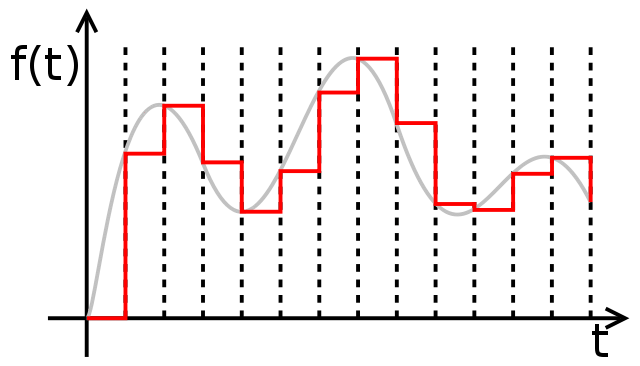What is a DAC?
Most people will not know what a DAC is but it is something that almost everyone will have come into contact with at some point or another. To audiophiles, the DAC chip is known as a massively important piece of equipment in the chain of sound.
DAC stands for Digital to Analogue Converter and it is essentially (in audio terms) the device that translates a digital signal produced by your source (phone, tablet, computer or DAP) and turns it into an analog signal that you can hear.
If you are a user that notices or cares, then the disappointing audio on many machines can be a bit of a buzzkill. And while it’s not the first thing you should upgrade to get a better listening experience, adding higher-quality elements to your signal chain is generally a good way to improve your listening experience. To that end, you can purchase an external DAC which takes the place of your built-in processor and includes better hardware.
What does a DAC do?
A DAC is responsible for converting the string of digital bits that make up a digital audio recording into analog sound waves. It does this by converting the binary representations of sound contained within an audio file into a continuously-varying electrical signal, as seen in the simplified graph of the process above. That’s then transported to an amp. The amp boosts the signal and passes it off to your output device. Your speakers then turn that electrical signal into sound using the principles of electromagnetism.

Digital-to-analog conversion, on the other hand, would be a bit like printing this high res image. If you have a great DAC, this would deliver a pro-grade print, with all the colors and fine details of the source preserved. A poor DAC, on the hand, would be like a cheap pixelated print job of an otherwise beautiful digital image.
The quality of conversion depends almost entirely on the quality of the DAC chipset. Higher resolution files do sound better than lower ones (and much better than compressed ones), and the processing power of the DAC chip determines such audio characteristics as transient clarity, harmonics, depth, stereo width and more.
How does a DAC improve the quality of sound?
Every computing device capable of playing audio already has a DAC built into it. Otherwise, you wouldn’t be able to play any audio at all. The DAC might be built into the chipset, or it might be in your computer’s sound card. In either case, this little converter is what makes computer audio possible.
Usually, the higher quality DAC being used the higher the improvement of the sound is achieved. High-end DACs can also handle HiRes files natively i.e. properly improving sound quality furthermore. It also depends on you and your sensitivities.
For instance, some people can't hear the artifacts of MP3 encoding whereas others find them intolerable. DACS can sound different from each other but maybe in ways that you won't perceive.
Some DACS sound brighter or warmer but these can be tonal characteristics rather than having anything to do with quality. Some DACS work better at certain sample rates than at others. Whatever your DAC it's important to make sure it's well clocked.
With a high-quality portable DAC AMP, music should come across as clearer and more transparent, similar to wiping off a thin layer of dust from a mirror. You should notice a soundstage that feels wider, more spacious/enveloping, and more capable of delivering fuller sound. While the core elements of instruments and vocals may not seem to change too much, it’s the smaller, softer, and/or fringe details you’ll want to listen for. As a whole, performances should exhibit greater vibrancy, crisper imaging, a more natural richness, smoother textures, emotive energy, and notes that are muscular/defined yet musically expressive. Basically, you can expect the music to be driven with authority.
In some cases, depending on the kind of headphones owned (typically higher-end), a DAC AMP is required for the output power. Although many newer headphones are designed so that they can be driven by the low-output of mobile devices, there are those that need the added boost from the AMP in order to function properly.
Anyway, a $50 converter and a $500 will be as clear as night and day - even to untrained ears. The great thing about great DA converters is that your amazing speakers and headphones will sound even more amazing…bottom line: get a good DAC.




Leave a comment
All comments are moderated before being published.
This site is protected by hCaptcha and the hCaptcha Privacy Policy and Terms of Service apply.